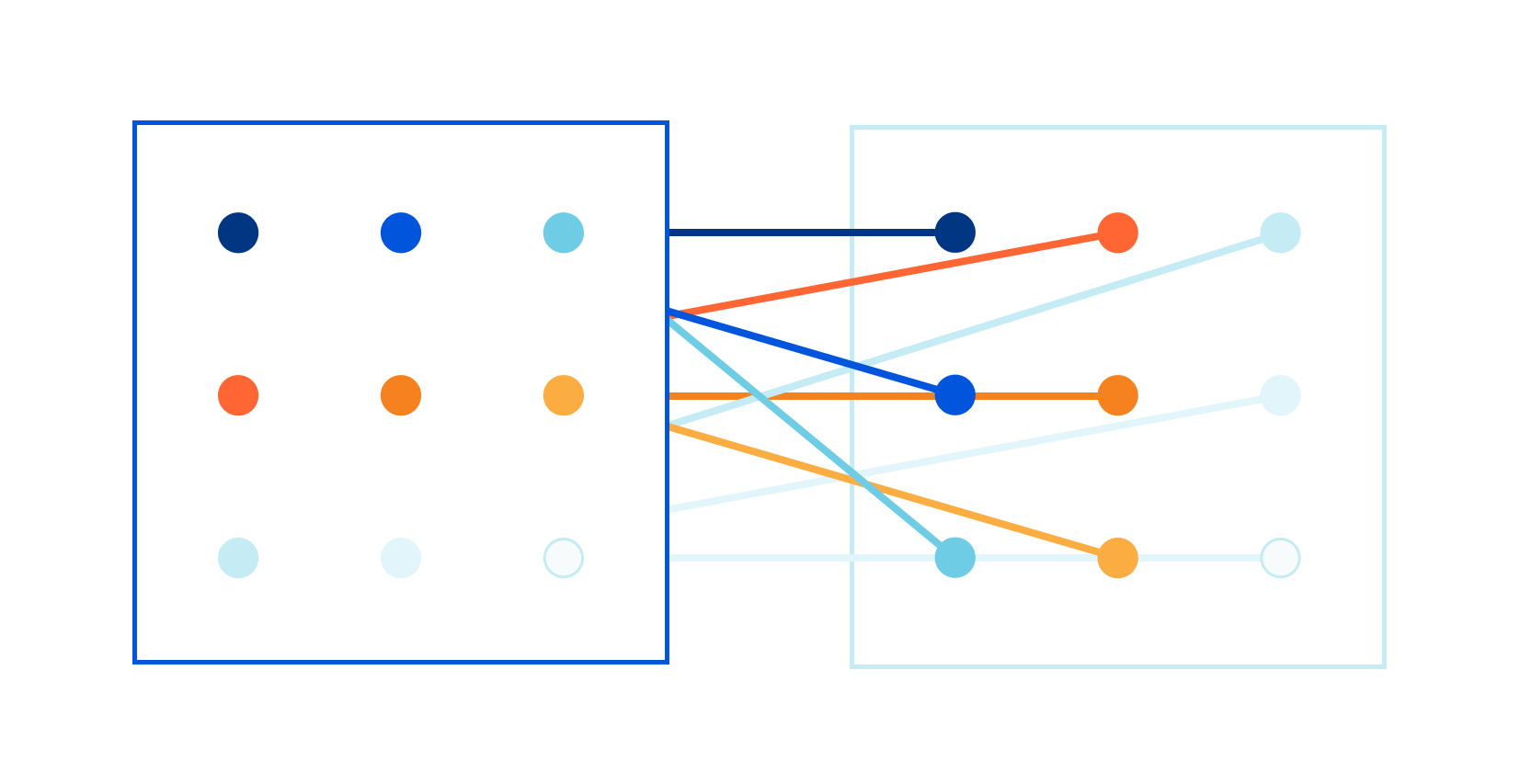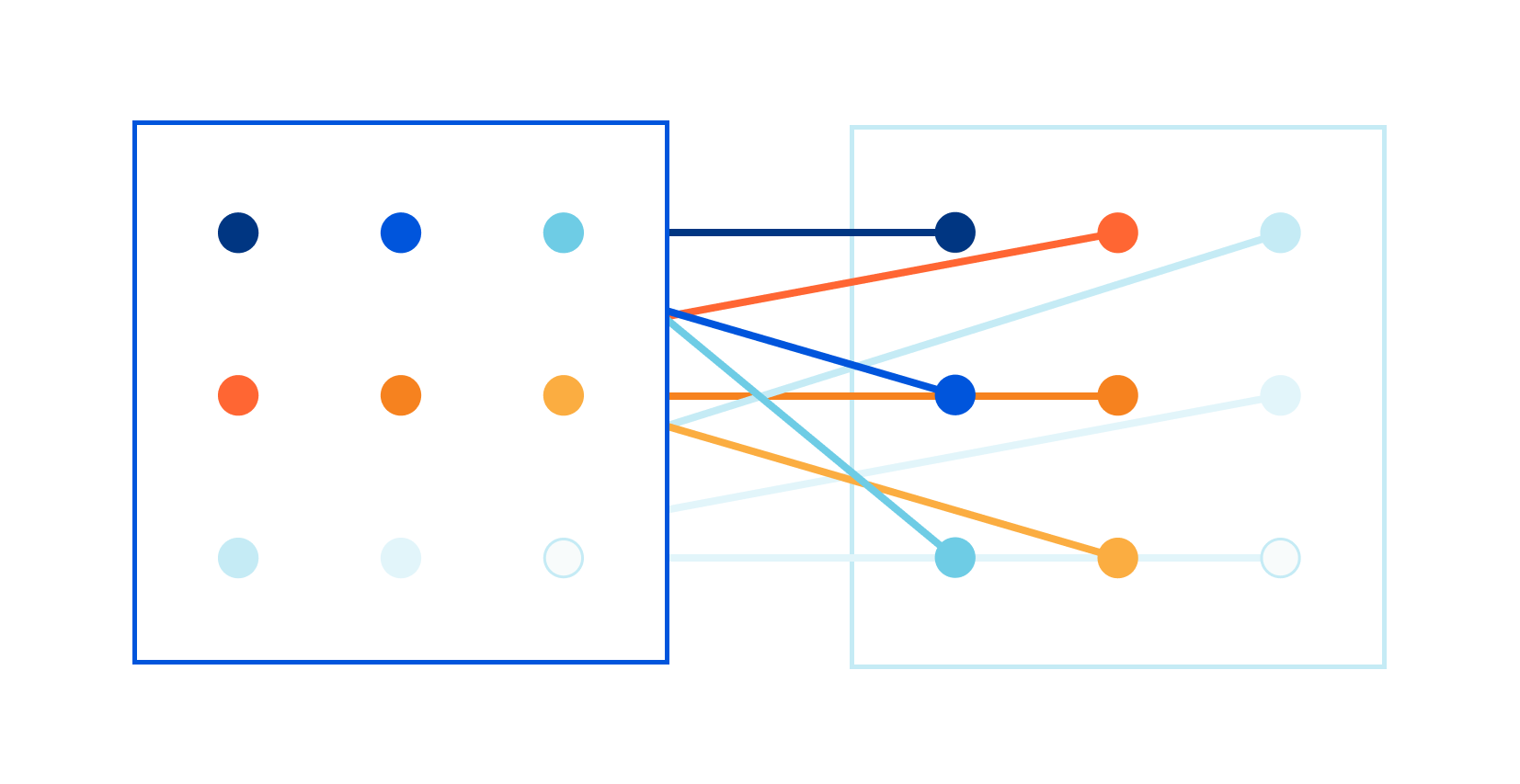I'm excited to announce that TTL255.com is one of the finalists in the Most Educational category of the 2020 IT Blog Awards, hosted by Cisco.
Over the years I learned great deal from blogs and videos created by community members. At one point I realized that I also might have something to offer and started this blog to give back to community hoping to teach and inspire others.
Creating valuable technical content takes a lot of work and time commitment. After years of posting here I appreciate even more all content makers out there that often don't ask for anything in return.
This year I decided to submit TTL255.com to 2020 IT Blog Awards hoping to reach more people and see where that takes me.
If you find my content valuable and worth your time, please consider voting for TTL255.com by following the below link:
https://www.ciscofeedback.vovici.com/se/705E3ECD2A8D7180

You can find me in the Most Educational category:

While you there have a look at other amazing blog posts. Some of them might inspire you, some will teach you something new. All come from members of community that put themselves out there to share their knowledge with Continue reading










